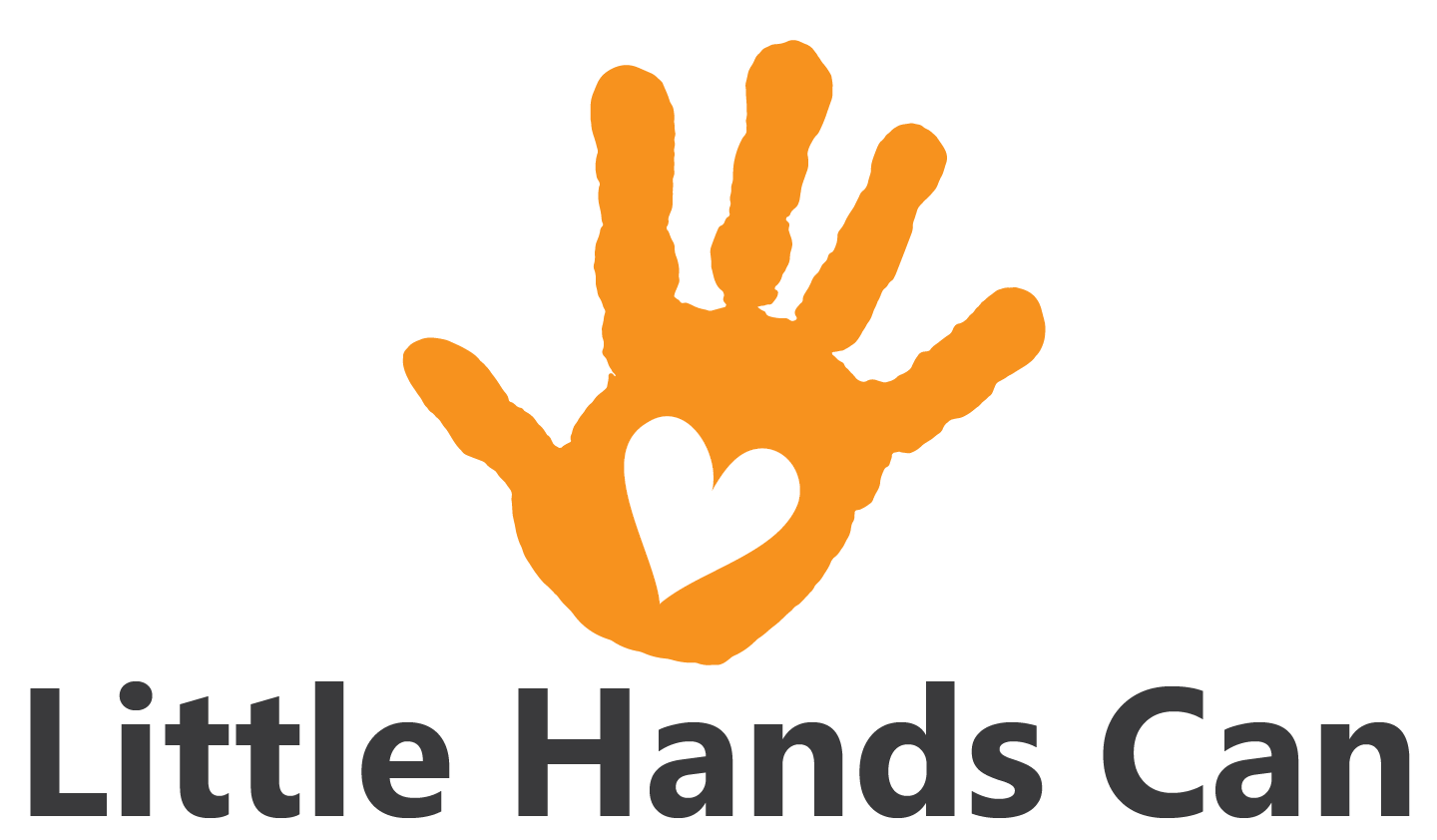Kindness Kit #7: Inclusion and Special Needs
THe following are lessons designed to help your children learn more about special needs
Lesson #1: Meet Ollie
Two ways to help children become more inclusive and compassionate toward peers who are different from themselves are to
educate them about what special needs are, and
give them opportunities to interact with, help, and learn from peers with special needs.
Watch the following video with your children and learn more about our similarities, our differences, and all of the amazing qualities that make everyone unique! After watching the video, complete the activity sheet below.
Lesson #2: Diverse strengths and diverse needs activity.
This lesson is designed to show kids that each of us has strengths that are a part of who we are and that help us excel in certain areas, and we all have areas in which we require help for success. We will do the activity and then relate this back to how we should view others in our classrooms and in our community.
setup:
Grab a small object (one per each child) that you are going to set up high on a shelf or tape up high on a wall. This could be a piece of candy, a pen or pencil, a bouncy ball, etc. Any object that is small and can be placed up high.
Do the activity in a room with a very high book shelf. If you do not have a high shelf, you can tape the object up high on a wall.
Make sure the space in front of the shelf or wall you are using is clear so you can move freely in front of it.
Have a step stool, small step ladder, or chair nearby.
Activity:
Gather your kids into the room you will do the activity in.
Begin by showing them the object you are going to have them try to get.
Put the object up high on a shelf or tape it up on the wall so that you can reach but your children cannot.
Next, tell your kids (one at a time) to get the object. Each of them will tell you they can’t. It’s too high and they can’t reach it. Say, “But I can reach it! Why can’t you?”
Next, ask them to tell you what might help them reach the object. They might give answers like, “You can lift me.” “I need a stool.” “I need a ladder.” etc. Let them try out different sizes of stools, chairs, or step ladders until they can reach the item and get it down.
After everyone has had a turn getting their object, move on to the discussion.
Discussion:
Ask your child(ren) why they needed help getting the objects down from the wall or shelf. Ask why you (the adult) didn’t need help.
Explain that the children needed help getting the object because they weren’t tall enough to reach. Their size was keeping them from accomplishing their goal. Each one of us is a different size. We are different physically, and that is why we each needed something different. Some of us needed help, while others didn’t, because we had different strengths and different needs.
Ask if they think the child(ren) who needed help to get the objects down are “worse” than those who didn’t. Ask if they think that because we are built different physically any one of us is “better” than the other? The answer is that, just because we need help in a certain area does not mean any of us are worse or better than others. We are simply just different and therefore need different things. The adult’s “strength” in this situation is having a height advantage. But, the kids have different strengths in other areas.
Ask your child(ren) what tools they needed in order to help them reach the object. See if they can think of tools other kids might use when they need extra help walking, speaking, learning, etc. Some examples might be wheelchairs, communication devices or sign language, speech therapy, reading support, etc. Then ask, “When a child needs any of these extra tools, does that make them better or worse than anyone else?” The answer is no! They just need help in those areas. They have strengths in other areas.
Ask if your child(ren) can think of examples of some of their own strengths. Have them then talk about the areas that they often need help or struggle with. What kinds of support or help do they get?
If your child(ren) have the opportunity to know other children at school with diverse needs, see if they can identify areas those children struggle with but also identify their strengths. What are some things your child and the child with special needs have in common?
Supplemental Lessons:
Head over to Scholastic News February 4, 2019 edition to learn about Jordan Reeves, a girl born with a disability that didn’t hold her back. She chose to do something amazing with it.
Read the article together as a family. Discuss!
Watch the video at the bottom of the article under “Teaching Resources” to learn more about Jordan.
Now go to Scholastic ACTION from April 2019 to read about “The Amazing Music of Darrius Simmons.”
Read the article together as a family. Discuss and do the lessons included.
Complete the “Continue Your Learning Journey” questions at the bottom of the article by watching the included videos.


